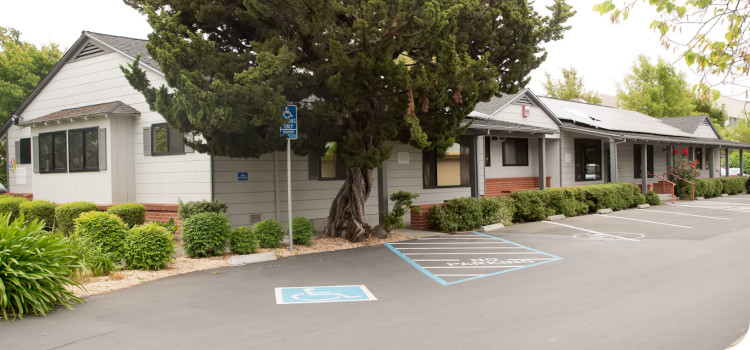 When it comes to personalized oral health care, there are many treatments that you’ll never need to undergo. However, some of the less commonly recommended oral health procedures are also those that, when recommended, can be the most essential measures for preserving and protecting your long-term oral health. For example, there are multiple conditions that might lead to the erosion of your jawbone structure, which serves as the foundation of your smile. If you experience one of these concerns, then you might require surgical jawbone grafting to address it and restore your smile’s healthy, strong foundation.
When it comes to personalized oral health care, there are many treatments that you’ll never need to undergo. However, some of the less commonly recommended oral health procedures are also those that, when recommended, can be the most essential measures for preserving and protecting your long-term oral health. For example, there are multiple conditions that might lead to the erosion of your jawbone structure, which serves as the foundation of your smile. If you experience one of these concerns, then you might require surgical jawbone grafting to address it and restore your smile’s healthy, strong foundation.
The process of surgical jawbone grafting
Surgical jawbone grafting is the process of utilizing a small amount of donor bone material to bolster the strength and integrity of your jawbone structure. Your oral surgeon will carefully bond the material to the area of your jawbone that has lost mass and density, which will accept the graft as biologically compatible. This process may differ slightly if the procedure is performed on the upper jaw, which is bordered by the floor of your largest sinus cavity. To graft the upper jawbone, your surgeon may have to first raise the sinus floor slightly to make room for the grafting material – a process known as a sinus lift.
As part of your tooth replacement procedure
Patients may lose mass and density in their jawbone for a variety of reasons. One of these includes the loss of one or more teeth, which can negatively impact every other area of your oral health, as well. Specifically, losing the roots of your teeth leads to diminished stimulation in the bone structure. The result is that, over time, the bone structure will become weaker and less dense, which may increase your risks of losing more teeth in the near future. If you’ve experienced jawbone loss, then grafting may be an important part of restoring your smile, especially if you plan to restore your lost teeth with dental implants.
To recover from significant jawbone damage
In addition to the loss of your natural teeth roots, there are multiple other reasons why you might need jawbone grafting to restore your smile and optimize your bite function. For example, if you experience severe gum disease, which is the leading cause of tooth loss, then the condition may negatively impact your dental ridge by eroding the tissues and jawbone structure around your teeth roots. Depending on the severity of this erosion, your treatment plan may involve grafting procedures to bolster your periodontal tissues (gums) and underlying jawbone structure.
Learn if you might need jawbone grafting
Surgical jawbone grafting can be an effective way of building up your smile’s foundation if you’ve lost mass and density in your dental ridge. To learn more, or to schedule a consultation, call Santa Rosa Oral Surgery in Santa Rosa, CA, today at 707-545-4625.

